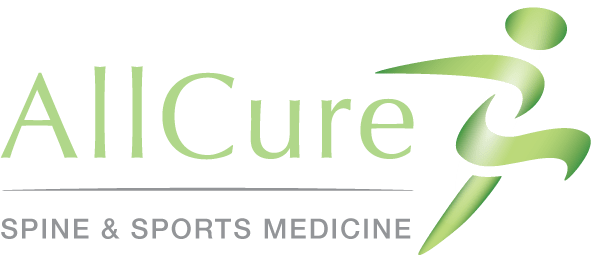Defining Rehabilitative Therapy Expectations, Goals, & Services
Facing a disabling illness or injury at any age can be incredibly devastating. Physical abilities can become severely limited, and daily tasks can become challenges. Fortunately, there are rehabilitative services that can restore physical function, strength, and confidence. However, there are actually many forms of rehabilitation, and it may not be clear which is right for you. We’re here to define rehabilitative therapy expectations, goals, and services!
Set Realistic Rehabilitative Therapy Expectations
Understanding what rehabilitation is will help to set realistic expectations from the start. Impairments that affect joints, bones, the spinal cord, muscles, ligaments, and nerves can be enhanced or restored. Typically, a person who is undergoing physical rehab relies on another person in their daily life. Through rehabilitation, you can expect to get back an independent lifestyle, re-learn tasks, and regain strength.
Create Achievable Rehabilitative Therapy Goals
During your first visit, your doctor should begin creating a timeline with milestones set in place. Being able to measure how well you are doing and look back at how far you’ve come will be crucial to maintaining a positive recovery. Typically, sessions will be more frequent in the beginning, then become more gradual as you make strides towards independence. Talk to your therapist about possible setbacks that may occur and what to do if you face any. For example, reinjuries, flare-ups, or failure to practice at-home guidelines may slow down the rehabilitation process.
Discover Rehabilitative Therapy Services
There are several branches of rehabilitative therapy. Occupational, recreational, and speech therapy are among specialized treatment options. However, physical therapy is most likely your first stop on the road to recovery. Physical therapy improves movement, strength, flexibility, stability, or functionality of joints and muscles. While physical therapy primarily uses targeted exercises, there are other treatments a patient may undergo, such as spinal decompressions, injections, and laser technology use.
There are several benefits to choosing physical therapy, including:
- You may be able to avoid surgery. Often, physical therapy is used as a preventive measure or alternative to operation. Most doctors only perform surgery after exhausting all other options.
- You’ll be able to prevent future injuries or flare-ups. As your muscles and joints strengthen through physical therapy, you’ll be less likely to suffer from a reinjury. Treatments are also a way to experience some pain relief and reduce the number of flare-ups you may have.
- Your physical mobility will be improved. Through targeted exercises, your physical movement will significantly increase. You’ll gain more independence and be able to resume everyday activities.
- Your mental health and confidence will be boosted. Getting more physical independence and freedom back will do wonders for your mental health. When you reach various milestones, your confidence will soar as you recognize how far your recovery has come.
Choose a Physical Therapist You Can Trust
To explore physical therapy as a rehabilitative option, search for trusted facilities near you. Schedule consultations with two or more physicians and discuss possible treatment plans. Be sure you are comfortable with the office and staff, as you will most likely have weeks of sessions during a recovery process. At AllCure Spine & Sports Medicine, we offer free consultations to get to know our patients before diving into our integrated physical therapy approach. Schedule yours today at our Monroe or Hamilton Township offices in New Jersey!
